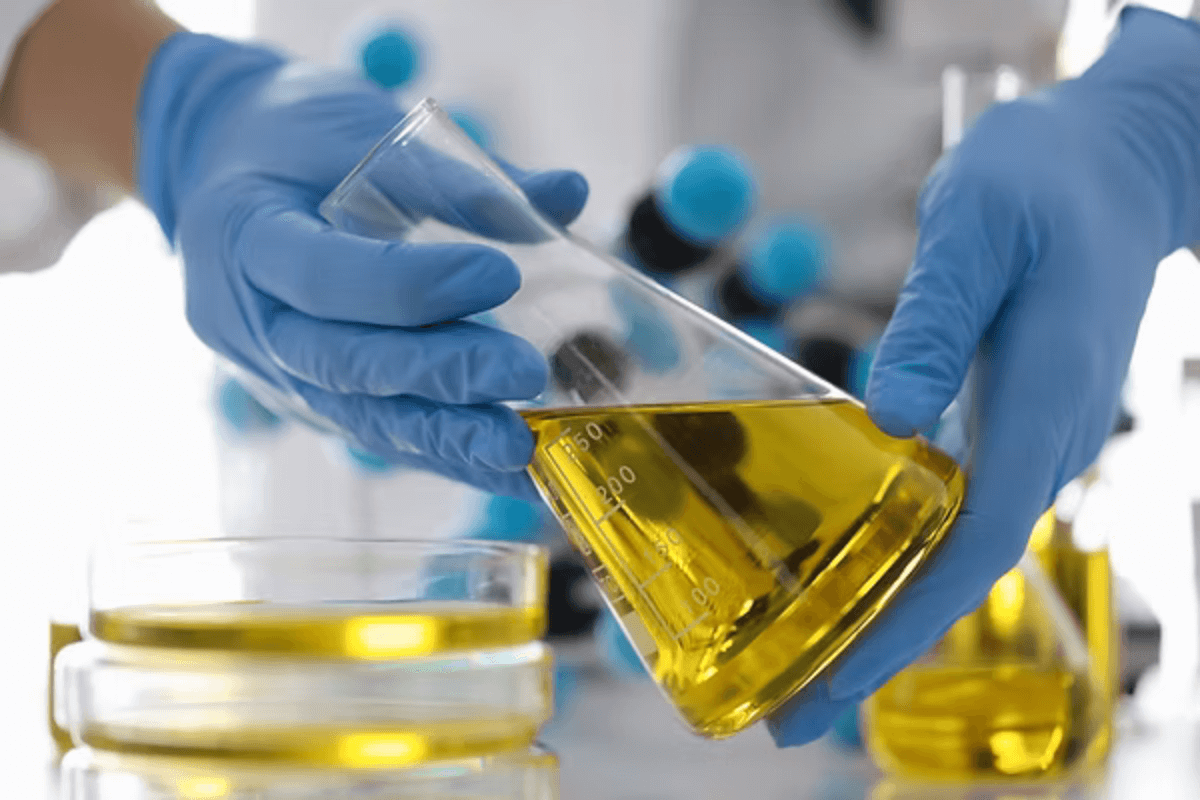Medical Cannabis

Terminology and processes
What are cannabinoids?
Cannabinoids are chemical compounds found naturally in the Cannabis sativa plant. The best known are CBD (cannabidiol) and THC (tetrahydrocannabinol), although there are more than 100 identified cannabinoids. Each of them interacts differently with the human body.
This interaction occurs through the endocannabinoid system (ECS), a biological network present in all mammals. The ECS regulates key functions such as sleep, pain, appetite, memory and immune response. It is composed of receptors (CB1 and CB2), endocannabinoids (produced naturally by the body) and enzymes that regulate their action.
When cannabinoids of plant origin (phytocannabinoids), such as those in cannabis, are administered, they are integrated into this system and help restore the body’s natural balance (homeostasis).
What are terpenes?
Terpenes are natural compounds responsible for the characteristic aroma and flavor of cannabis. If you’ve ever noticed that a strain smells citrusy, piney or dank earthy, that’s because of its terpene profile.
But they are not just fragrances: they also have therapeutic properties. Some can induce relaxation, others can help improve mood, and others have anti-inflammatory or analgesic effects.
For example:
– Limonene: has a citrus aroma and can improve mood.
– Myrcene: has earthy notes and is associated with a sedative effect.
– Pinene: reminiscent of the smell of the forest and can promote concentration.
The most interesting thing is that terpenes do not act alone: they work together with cannabinoids to enhance their effects.
Ethanol extraction: science and precision
At Panakia we use ethanol extraction as the main method to obtain the active principles of medical cannabis. This process consists of using pharmaceutical grade ethanol as a solvent to extract cannabinoids, terpenes and flavonoids from the plant biomass.
Unlike other methods, ethanol allows efficient and complete extraction of both polar and non-polar compounds, making it an ideal technique for integral medicinal formulations. Thanks to its efficiency, safety, industrial scalability and regulatory compliance, it is the method we choose to ensure quality, traceability and pharmaceutical consistency in our products.
Full Spectrum extracts and the entourage effect
A full spectrum extract contains all the natural compounds of the plant: cannabinoids, terpenes, flavonoids and other phytochemicals. Instead of isolating only one of them (like pure CBD), the complete profile of the plant is preserved.
Why is this important? Because these compounds act together, generating what is known as the entourage effect: a synergy in which each component enhances and modulates the effect of the other. This can translate into greater therapeutic efficacy, fewer side effects and a more comprehensive treatment.
The entourage effect is one of the reasons why many patients and physicians prefer full spectrum extracts: it’s not just what’s in the product, but how these compounds work together in the body.
Properties
Analgesic
It can help relieve chronic, neuropathic and oncologic pain.
Anti-inflammatory
CBD, in particular, has recognized anti-inflammatory properties.
Anxiolytic
Some studies show that it can reduce anxiety in certain patients.
Anticonvulsant
Medical cannabis has shown efficacy in the treatment of resistant forms of epilepsy, such as Dravet syndrome.
Appetite stimulator
Used in patients with loss of appetite.
